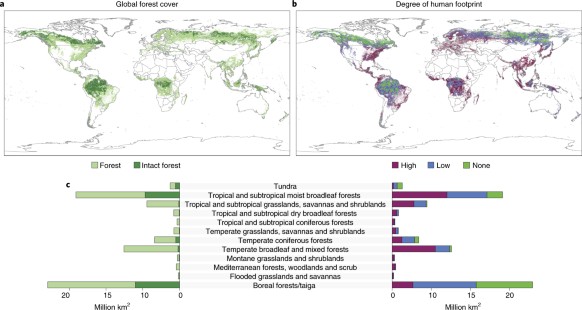
Abstract: "The Convention on Biological Diversity and its Strategic Plan for Biodiversity 2011–2020 form the central pillar of the world’s conservation commitment, with 196 signatory nations; yet its capacity to reign in catastrophic biodiversity loss has proved inadequate. Indicators suggest that few of the Convention on Biological Diversity’s Aichi targets that aim to reduce biodiversity loss will be met by 2020. While the indicators have been criticized for only partially representing the targets, a bigger problem is that the indicators do not adequately draw attention to and measure all of the drivers of the biodiversity crisis. Here, we show that many key drivers of biodiversity loss are either poorly evaluated or entirely lacking indicators. We use a biodiversity-crisis hierarchy as a conceptual model linking drivers of change to biodiversity loss to evaluate the scope of current indicators. We find major gaps related to monitoring governments, human population size, corruption and threat-industries. We recommend the hierarchy is used to develop an expanded set of indicators that comprehensively monitor the human behaviour and institutions that drive biodiversity loss and that, so far, have impeded progress towards achieving global biodiversity targets."
Read More: https://www.nature.com/articles/s41559-018-0504-8




